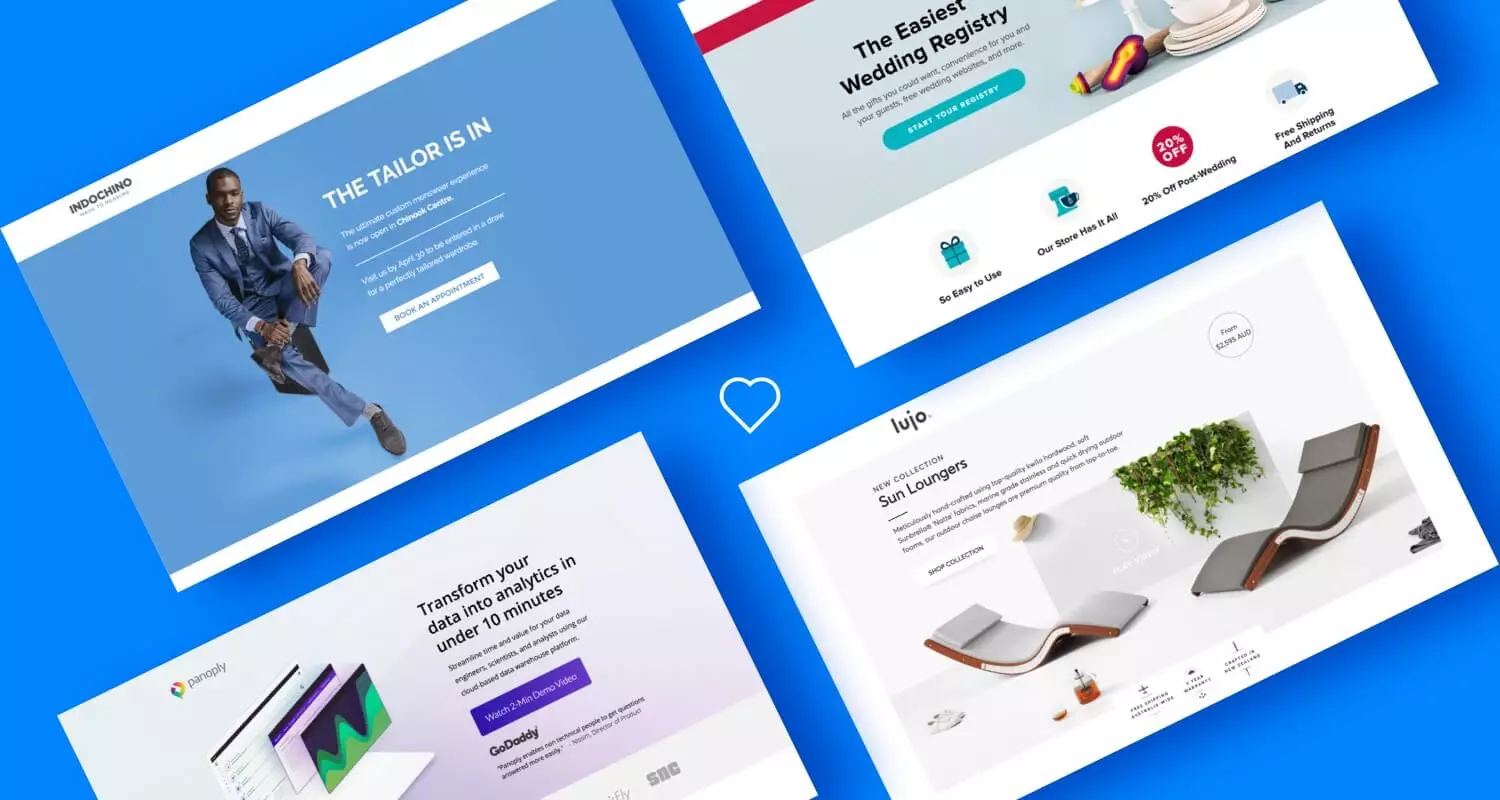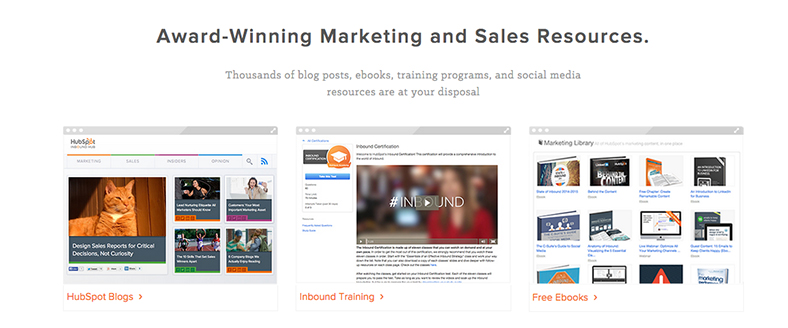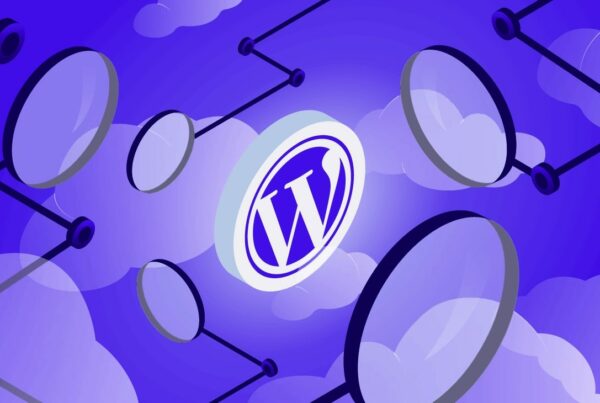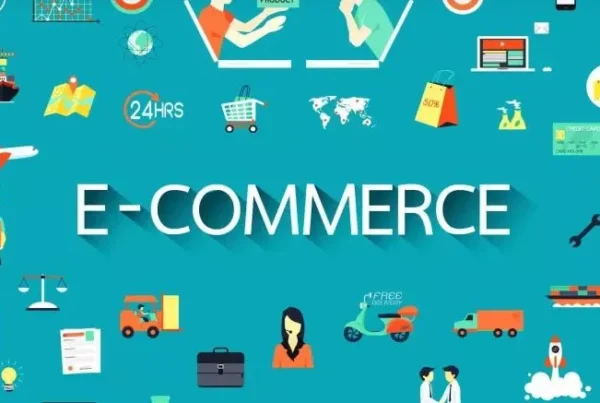Preparing contents for a competitive landing page that converts well is not an easy task. There are many important elements to keep in mind, based on the science of psychology, and a good intuition of what your customers want. Karuna understand that there are also some common characteristics that you should keep in mind. By reviewing them you will be on the right direction in preparing the contents for your landing page.
All effective landing pages have 8 common elements. Let’s take a look at each of those elements in detail.
1) MAIN HEADLINE & SUPPORTING HEADLINE
The landing page’s headline is the very first thing visitors will see. For this reason, it is essential that it describes very clearly what a user will get from the page. The message should be strong enough to grab the interest of the visitor and to keep them on your page. Your killer headline should promote understanding, attention, and interest. It needs to accomplish:
- grabbing the visitor’s attention
- informing the visitor what your product or service is all about.
- it should be short, preferably only ten words and never more than twenty

If your main headline grabs the attention of the visitor on your landing page, then the persuasive sub-headline should convince them to stay. Usually, the persuasive subheadline is located directly underneath the main headline and it goes into slightly more detail and depth.
2) UNIQUE SELLING PROPOSITION
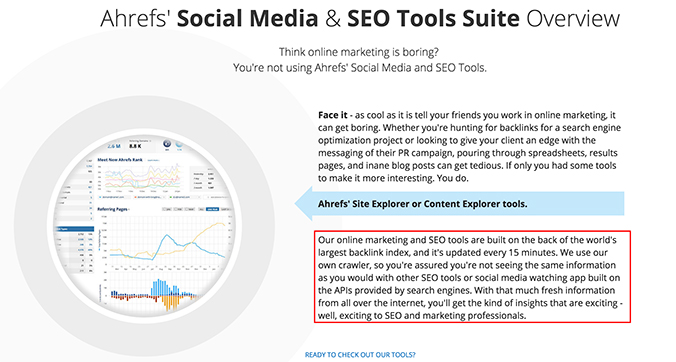
You need to define a point of differentiation with a unique selling proposition. Explain to your landing page’s visitors what about your service or product sets it apart from your competition. This should be communicated on your landing page in a succinct way. Describe the specific benefit for your customers, break down your offering to its most basic level. A good unique selling proposition allows customers to understand why they should care and sets clear expectations for them.
3) KEY BENEFITS
The benefits of your offer follow on directly from the unique selling proposition and provide a more detailed description. You have to provide more detail to the offer and answer any questions your customers may have, especially the question about what your service or product can do for them. Include a benefit summary bullet points for clarity and also a detailed benefit and feature descriptions that extend your bullet point list. The features describe what your product or service does, the benefits describe the problem you are solving.
4) IMAGES OR VIDEO SHOWING CONTEXT OF USE
This is the visual representation of your offer and has the role in helping visitors to better understand what your offer is or what it looks like. Showing context of use rather than telling has a maximum effect. Get your visitors to place themselves in a scenario and empathise how they are using it. In order to achieve this, you can use photos or videos.
If you chose to use pictures, they should be large, high-quality and relevant to your service or product. Especially when you are selling a physical product it is critical to include on your landing page an image of the product. When you are selling a service, the image should demonstrate the utility of your service and grab the attention of your visitors.
5) SOCIAL PROOF
Social proof can be very persuasive. By using social proof you illustrate that other people have bought what you are offering. Visitors are more likely to convert into consumers if they see that others before them have used your offer. You may use social proof on your landing page by providing a count of the number of signups, by using social signals from public networks, showing awards from reputable organisations, or by using some customer testimonials and customer reviews.
6) REINFORCEMENT STATEMENT
The reinforcement statement is another page title that sits about halfway down your page and has the purpose of communicating a mid-experience message to your visitors, reinforcing the main headline.
7) CLOSING ARGUMENT
The closing argument is your final chance to communicate the benefit of your offer, as your landing page comes to a close. This backs up your main value proposition, similar to the reinforcement statement. The closing argument should also be coupled with a call-to-action.
8) CALL TO ACTION
A call to action can either be a part of a lead gen form or a standalone button on a click-through page. The call to action is an element critical to conversions and for this reason where you place it and how you design it are essential considerations. The call to action should be compelling, exciting, and persuasive. Use contrasting colours and make it stand out.
Since it’s so important, let’s talk about CTA best practices:
- Avoid generic language like “CLICK HERE.”
- Only ask what you need and keep forms short. If you can’t budge on input fields, break your questions into steps using the breadcrumb technique.
- You can use multiple CTAs as long as they serve one conversion goal.
- The visitor is your priority. Be clear how clicking on your CTA will benefit them or what they will receive in return.
The above components are essential for designing an effective landing page. You can use these elements to create a high-converting and powerful landing page. Once you are done it is recommended to always keep improving. Do some testing and modify your landing page in order to get the best results. Contact us if you need assistance on this website design services.

 Skip to main content
Skip to main content

